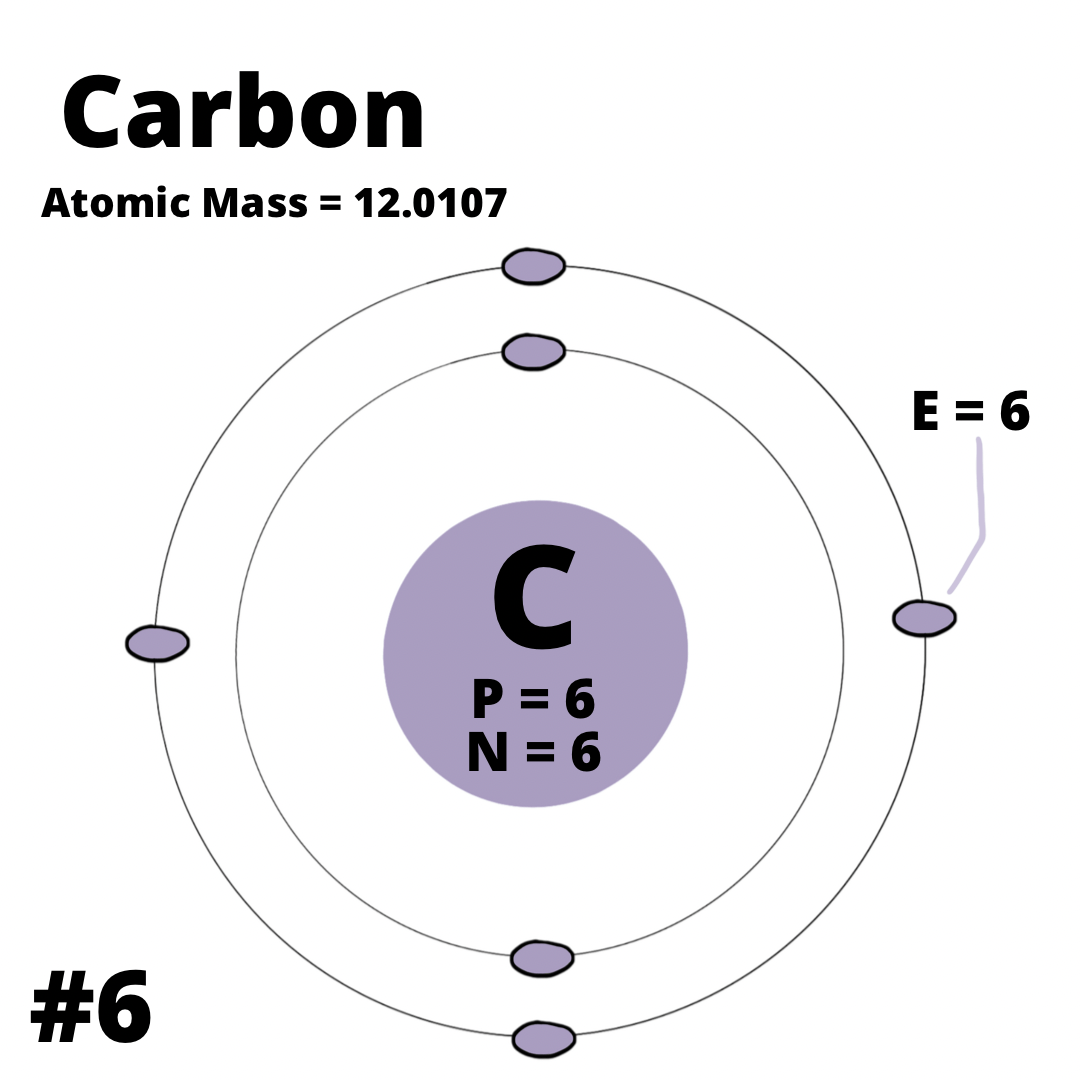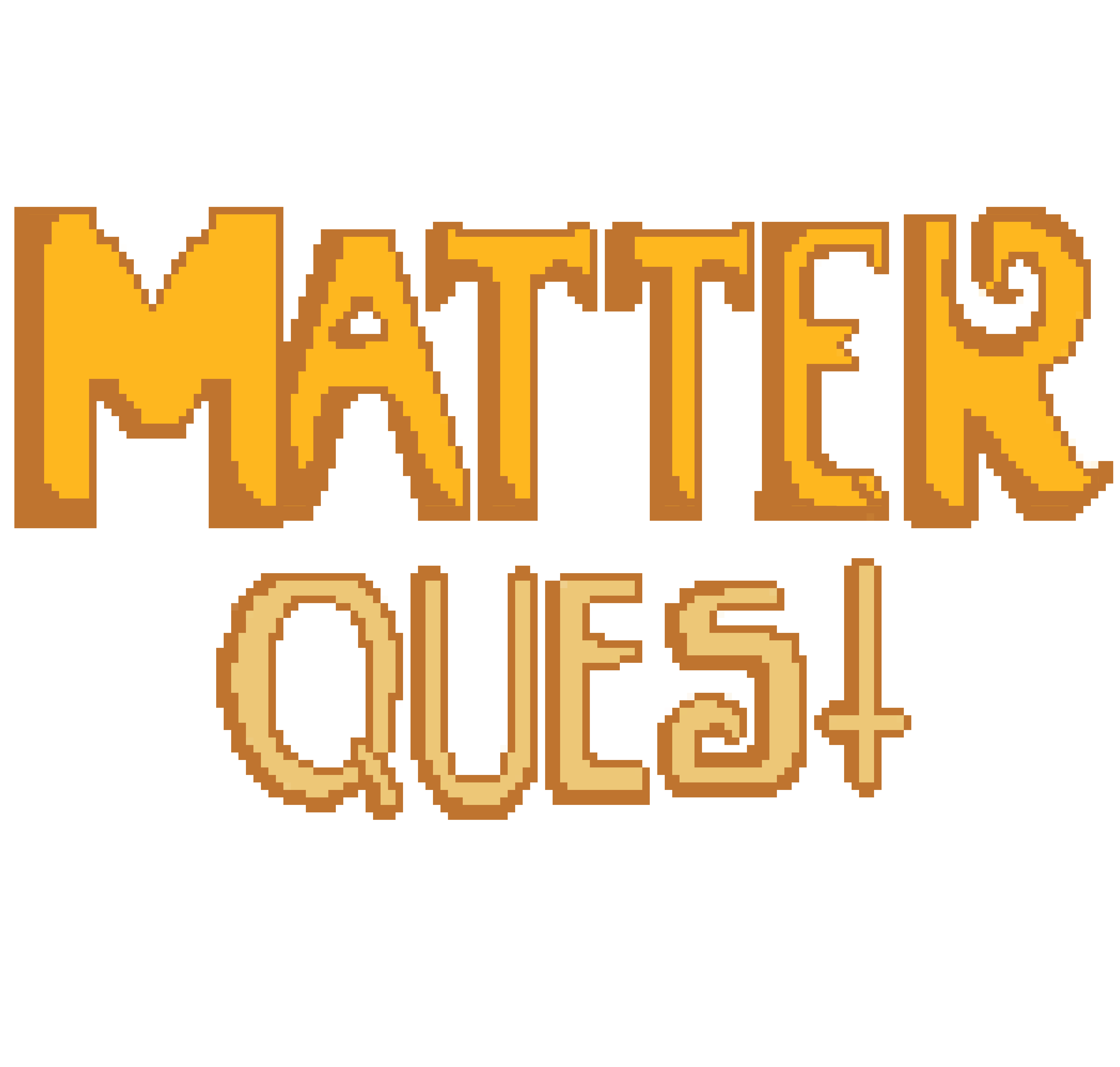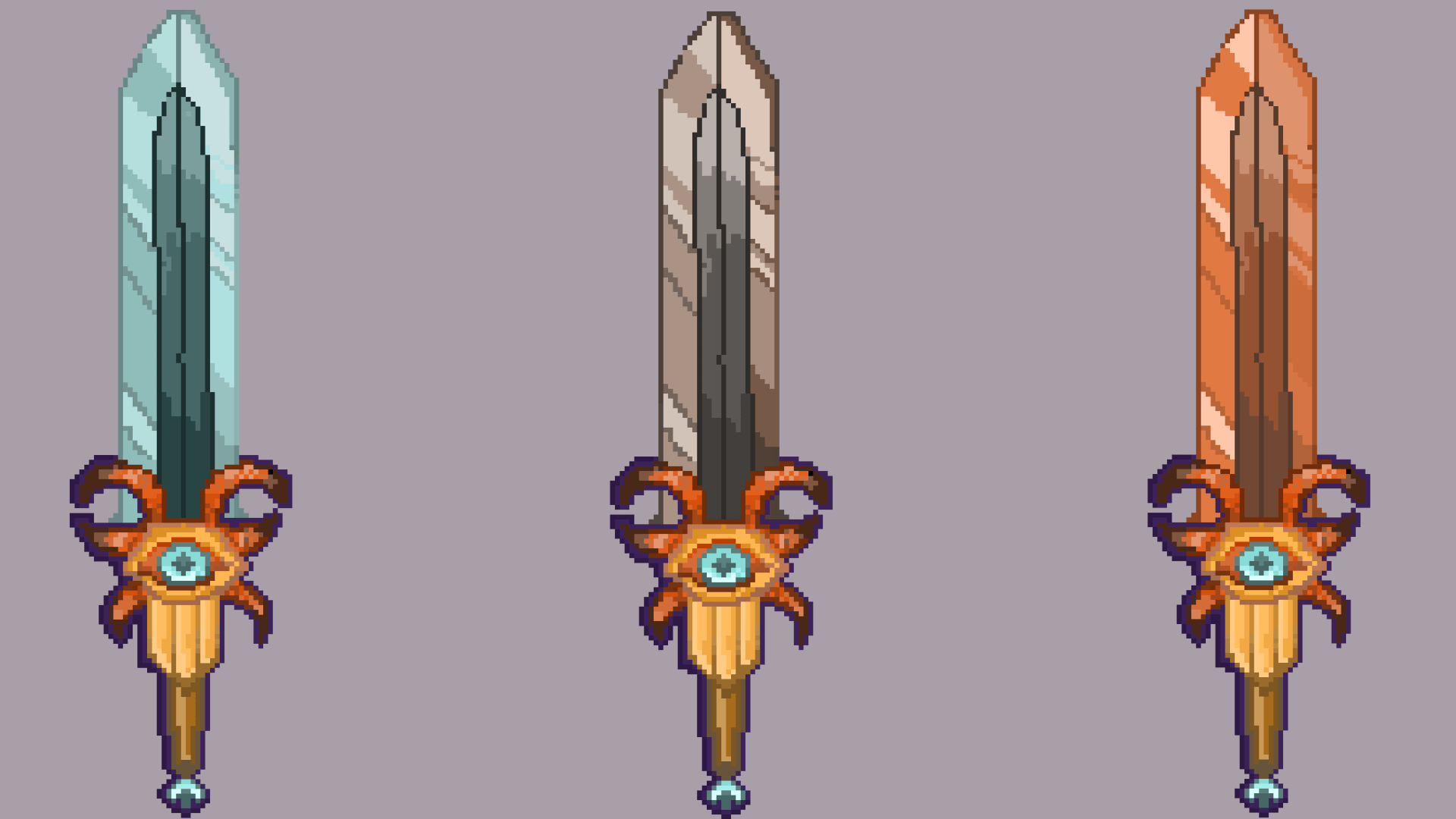I have reached peaks of procrastination I didn’t think possible.
This was a realization… a grasp on the catastrophic action of procrastination… deemed unimaginable and unworthy to human kind.

Honestly, I have no idea what I’m writing, so I’m just going to be blunt.
I procrastinated badly on this project… BUT I FINISHED IT! *celebration noises*

Hello there peoples of the planet and welcome to another blog post…


We’re already vibing in the final quarter of grade 8… and we’ve just finished our latest project, CHEMISTRY CODING!
For this project, we focused on the mystical scientific concept of matter through the kinetic molecular theory and atomic theory.

You could say that through this project, I learned that matter… matters!
Yes, yes, I know that was a bad pun. My inner dad jokes are coming through.

Anyways, for this project we were tasked with creating our very own VIDEO GAME or SIMULATION, using an online program called, “Scratch”, to help explain certain scientific concepts. As mentioned earlier, those concepts include both the kinetic molecular and atomic theories.
Luckily for a nerdy introvert like myself, we worked individually for this project. This allowed me to manage my own time (later on, this would end up in disaster), and complete it with only my own eccentric ideas.

However, I managed to finish it in time, and I’m happy that I won’t have to worry about it anymore. (I’m not willingly touching Scratch for a while…)

As always, we started this project of with a “Project Start Mind map.” We centred this mind map around the question “how can the behaviour of matter be explained by the kinetic molecular theory and atomic theory?”
However, first we brainstormed as a group. Through this, I realized I didn’t know much about the kinetic molecular theory nor the atomic theory, and I asked a ton of questions.

Comparing to what I knew in the past, I believe that my knowledge on these topics have definitely grown. Last year, my class covered the basics of an atom (neutrons, electrons, protons, the nucleus, atomic mass, etc), and it was nice to see my past learning experiences connect to the present.
Here’s an image of my current mind map…

We also did an experiment testing the properties of gemstones and whether we can identify them based on their densities. Although this wasn’t a major step in my learning, I found this experiment interesting and fun!
For the second milestone, we decided on what atoms/molecules we’ll be using in our projects. Here’s the ones I chose (however, I didn’t manage to include all of them in the way I intended.)







We even completed an assessment quiz that I honestly didn’t do too well in. Reflecting back on this, I learned that I needed to understand the scientific concepts better, and took a step back to reread some textbook pages again.

Finally, we’re onto the programming plan where we got to plan out our game. In this milestone, I really planned beyond what I could code (since I’m definitely an amateur.)

I also decided to create my own pixel art/graphics, which I spent a lot of time on. I made many mistakes in this step, but in the end, I managed to overcome them.
You can check my coding plan out here!

Here’s my final game in Scratch!
Although I struggled a lot, I’m still very proud of it!
I’ll also share some of my pixel art…









QUESTIONING AND PREDICTING:
I believe I did good in this competency, but as always, I could have done better. Unlike my other projects, although I spent my time without major distractions, I felt that I was pretty slow and had terrible time management.

First off, I spent way too much time in the planning stage, and I didn’t end up using most of it anyway. I also overestimated my abilities by attempting to create my own pixel art graphics, since it took up more time than I thought it would.
As I went through this project, I thought the coding part wouldn’t take too long. However, I was definitely wrong. There was a lot of troubleshooting and problems with my code that took up more time than I originally estimated.
In the end, a combination of bad time management, terrible estimations, and some procrastination over the weekend lead to a ton of problems. Yet, I’m proud of myself for continuing to push through with determination, and getting all of it done in time.
Even though I had my doubts, I did quite good in this project, and I’m fairly happy with the end result (even though it didn’t go according to plan.)
If I were to do this project again, I’d make sure to plan my time wisely, and spend more time on the fundamentals instead of extra things.

SCIENTIFIC COMMUNICATION:
I believe I’ve also done well in this competency. However, I would have liked to include it in more aspects of my game.
As seen in the models I drew for Milestone 2, I originally wanted to make this competency more of a prominent theme. Despite this, I ran out of time before I was able to add all of them. For example, I hoped to add these scientific concepts into the “enemies” of the game, and use the kinetic molecular theory to defeat them.
Connecting this situation to the first competency, I was unable to add as many details to the game due to my time management. This project really allowed me to reflect on time management, and now I’m working to improve it!

REASONING AND ANALYZING:
I’m fairly proud of how I handled and implemented this competency into my project!
I learned a lot about coding and Scratch, and even realized how difficult it can be to code something considered “simple.” Despite this, there are some areas I can improve in, such as making the instructions more clear and troubleshooting some of the issues I faced.
Like many, I endured through a lot of issues with my code, and it was very time consuming to find a way around them. Although, I’m proud of my final product, there are many things I would have done differently if I managed my time better.
Anyways, here’s some random bits of code from my project…

*I totally didn’t choose these blocks of code because they looked long and impressive*


Through this project, I’ve learned many things about the mysterious ways of matter, and how it can be presented through both scientific theories.
As you probably already know, matter can change into many different states, such as a solid, liquid, gas, and even plasma. I’ve learned that the kinetic molecular theory of matter can help explain how these changes occur.
First off, this theory explains that matter is made up of small particles that are in constant motion, with speeds and properties determined by their temperatures. These particles exist in empty space, but determining on their physical state, can act differently.

For example, the particles in solids vibrate very closely together since they are heavily attracted to each other. Although they shake very slightly, they don’t move around and stay in a certain shape.
Meanwhile, the particles in gases have a lot of empty space to move and have no attraction. They collide with each other and their container.
Liquids are somewhere in the middle, but they “slip and slide” between each other while remaining attracted. These particles have more energy than solids. However, they aren’t as “free” as gases. They also collide with each other and their container.

Like I mentioned earlier, all these particles are in constant motion. As the temperature increases, the more energy the particles have. This leads them to move faster while separating.
I’ve also learned that atomic theory can help explain matter as well.
There have been many different explanations for matter over the years, and the theory has changed a lot as well. Many scientists and philosophers, including John Dalton, JJ Thomson, Ernest Rutherford, and Niels Bohr, have theorized over the atomic theory.
However, the idea that matter is comprised of small particles called atoms that exist in empty space has remained the same since Democritus, a Greek philosopher, proposed the idea.

I’ve learned about the many different parts of an atom, such as the nucleus, protons, neutrons, and elections. There are also smaller particles that exist within atoms, such as elementary particles like quarks, and leptons.

Although I mainly stuck to Niel Bohr’s diagram for my project, I enjoyed discovering how an idea can change over a long span of time.

Overall, despite my procrastination and issues with time management, this was a great project, and I’m super excited to see what else scimatics has in store!





May 17, 2021 at 3:28 AM
Hey Ava! That was a long blog post! As usual, I loved all of your Star Wars gifs. You have a fine collection. Also, your mind map is expansive. It really shows your knowledge. Great job on that too! It was a delight to read your post. Keep it up!
May 18, 2021 at 6:11 AM
Thanks Ariane! (My collection of Star Wars gifs is infinite)